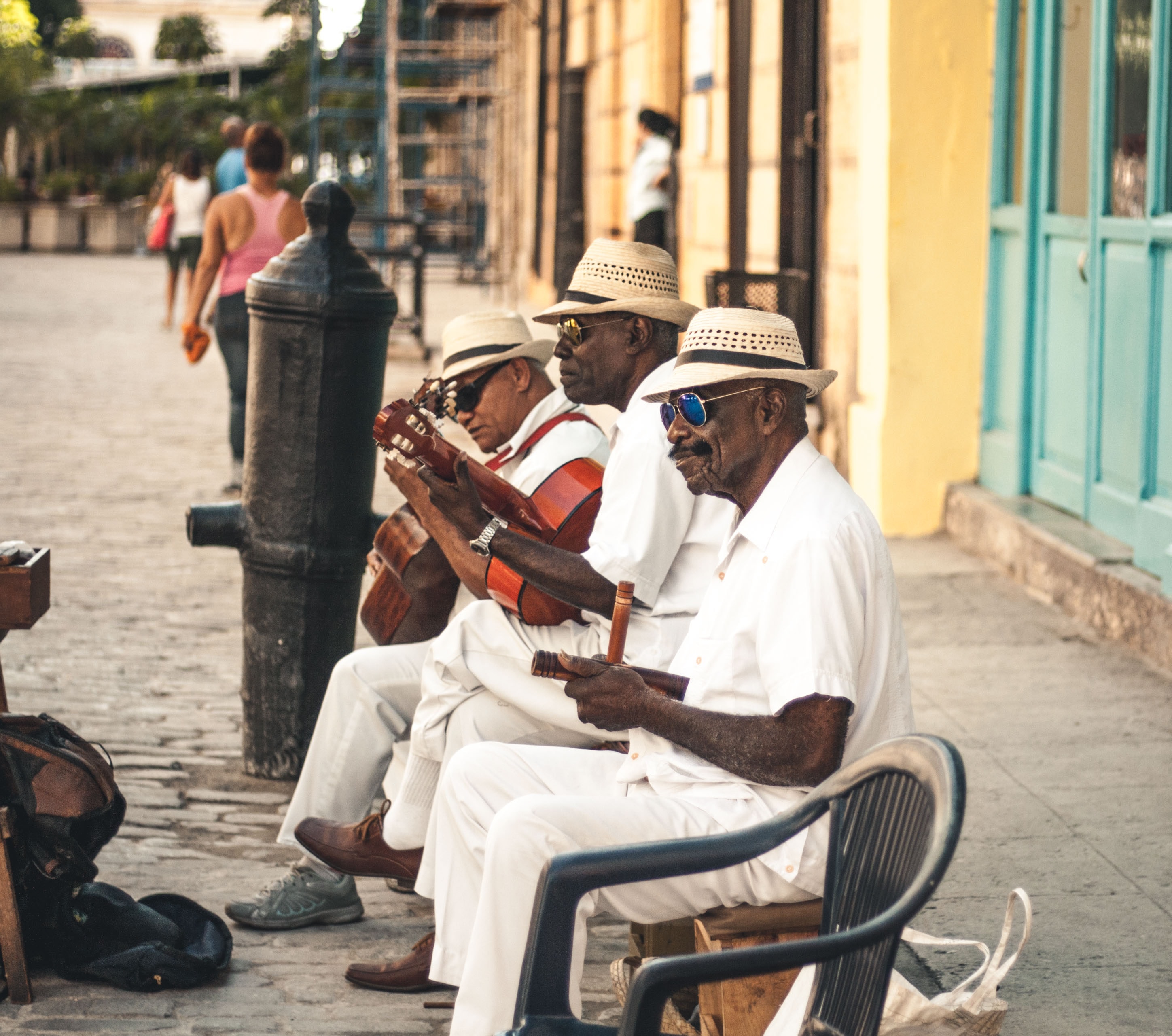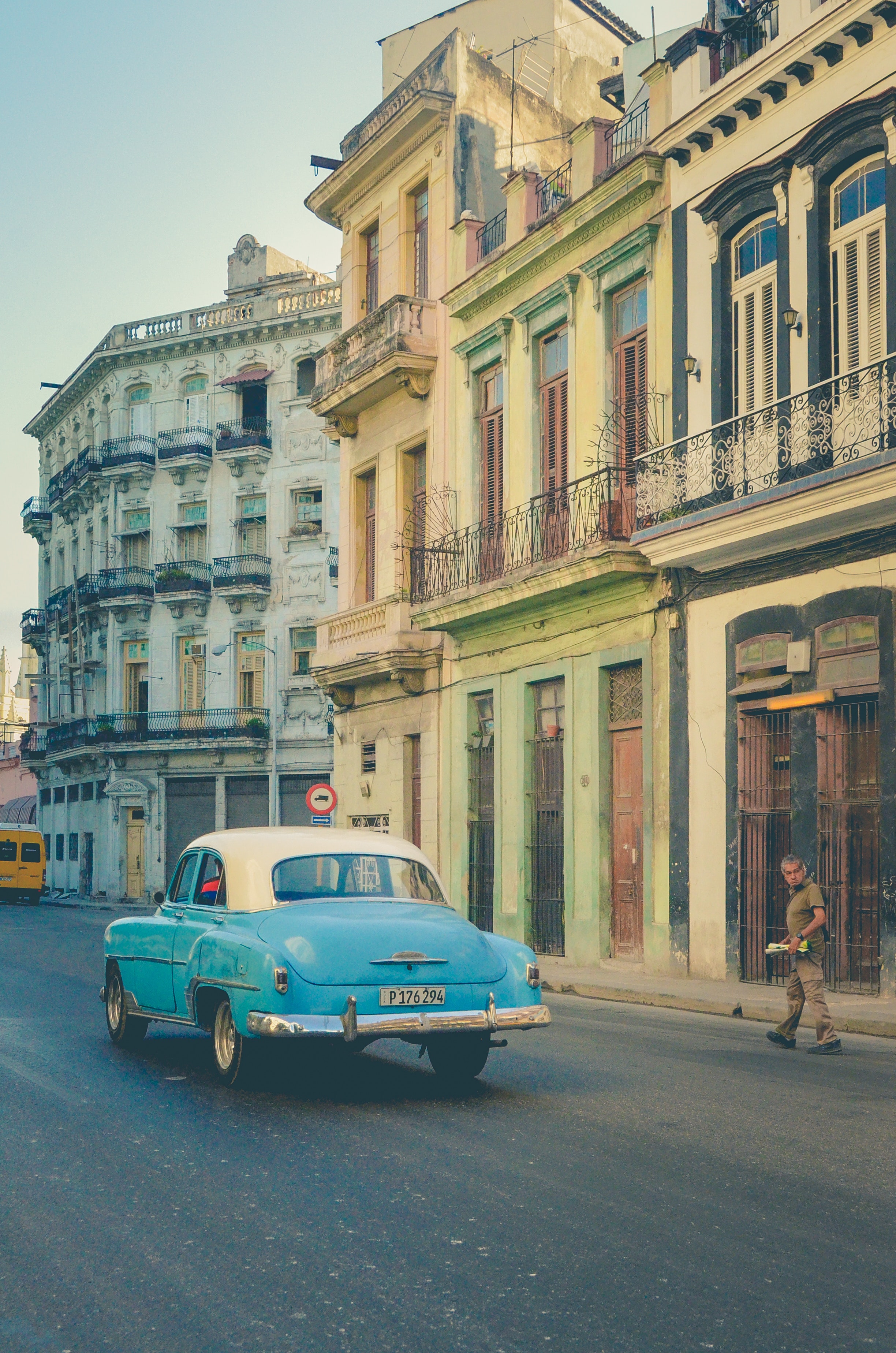4.1 AP Spanish Lang Unit 4 Notes: Access to Technology
5 min read•november 18, 2021
AP Spanish Language 🇪🇸
54 resourcesSee Units
4.1 Access to Technology 📡
When the internet was first invented, it was heralded for being “the great equalizer,” meaning it would provide every person in every country access to any information at any time of day. However, as decades have passed and technology has advanced even further, the creation of advanced technology has created a significant gap between the haves and the have-nots. On its own, inaccessibility to technology can create an intense form of discrimination, not to mention an alternate lifestyle to the rest of the world. Unfortunately, many Spanish-speaking countries lack consistent access to high-speed internet and broadband, while in the United States, 93% of American adults use the internet.*
Data from PEW Research Center.
Let’s take a look at Cuba’s 🇨🇺 access to technology in comparison to the United States 🇺🇸.
Internet
Cuba 🇨🇺
When it comes to easy access to the internet, Cuba consistently ranks low on the international scale. High-speed broadband is rarely found in homes or even hotels and is instead only available in public places. Even more troubling is the fact that in order to access the internet, residents need to purchase a card to do so. However, once Cubans have a prepaid NAUTA internet card, they can surf the web. All of the internet in Cuba comes from one place, the Cuban government agency ETECSA, which creates wifi hotspots around the country. For that reason, many critics argue that Cuba’s communist government has too heavy of a hand in Cuban’s access to technology, and prohibits its citizens from fully engaging in the 21st century.

When traveling in Cuba, you’re more likely to see street musicians performing on every corner than you are to see Cubans (or even tourists) attached to their phones.
USA 🇺🇸

Data and table from PEW Research Center
The number of American adults with high-speed broadband service at home increased significantly between 2000 and 2010, but in recent years growth has been more scattered. In 2021, roughly ¾ of American adults have broadband internet service at home. However, as is true in Spanish-speaking countries, racial minorities and those with lower levels of education and income are less likely to have access to the internet at home.
Public Transportation
Cuba 🇨🇺
Many Cubans rely on public transportation given the high cost of buying a new car. The most popular form of transportation is by bus, either through a private company such as Viazul for longer trips or through a public bus, called Collectivos. However, perhaps the most exhilarating way of transport is through hitchhiking!! Cuba is the only country in the world where hitchhiking is part of the public transport network, it’s free, legal, very common, and safe. On some main roads, there are stops called “Amarillo Points” where an official is on guard and will take down the details of where you’d like to go, and pair you off with an upcoming car. On other main roads, the old way of sticking your thumb out and finding your own ride works just fine too!

Despite being one of the most developed countries in the world, America still has a long road (pun intended) to go in terms of public transportation. Today in many urban areas, Americans are stuck with the choice of buying a car and choosing to sit in traffic, or relying on an ineffective public transit system.
The use of bicycles is less common in the United States and is seen more as a recreational sport or hobby than as a means of transportation, which could also be in part to the lack of safe bike lanes.
Additionally, the lack of infrastructure is often tied to a corrupt and discriminatory past. Writer Aaron Gordon for Vice summed up American transportation issues with his own tl; dr version:
- Everything costs too much
- We build highways instead
- We don't plan well
- People don't trust the government to build things so they vote against projects under the assumption they will be executed poorly and waste taxpayer dollars
- We don't give transit agencies enough money to run good service which erodes political support to have more of it
- There are too many agencies at all levels of government, especially at the local level, and not enough coordination between them
- Our newer cities are sprawled out which makes good transit hard, and our older cities are too paralyzed by political dysfunction to expand the systems they have
- As a result of generations of privatization efforts by all levels of government, in the rare event we do actually get to build stuff there is not enough expertise within the agencies to do it well
Cars

When American tourists visit Cuba, they often say it’s like going back in time. One of the reasons for that is the dominant presence of old cars from the mid-twentieth century. In 1962, President John F. Kennedy initiated an embargo on trade between the US and Cuba which still stands today. As a result of the embargo, no American goods can be brought onto the island, which means no new cars! Cubans have been resourceful with the cars that were present on the island before the embargo, and continue to restore and reuse them. Given that there are no car manufacturers on the island, all vehicles must be imported, which comes with a hefty price tag. For that reason, few Cubans own cars and instead rely on public transportation.
USA 🇺🇸
88% of Americans own or lease a car, the second highest in the world to Italy, where 89% of the population owns a car*. Given America’s access to manufacturing plants and the ability to buy an American-made car (rather than having to import one from overseas), car ownership is more affordable and tangible.
Data from PEW Research Center.
Strive for Five Vocab 🔑
- Navegador - browser
- Banda ancha de internet - wideband internet
- Banda ancha - broadband
- Transmitiendo el video en directo - streaming video
- Dispositivos electrónicos - electronic devices
- Ciencias cognitivas - cognitive sciences
- Digitalizar - to digitize
- Acoso cibernética - cyberbullying
Browse Study Guides By Unit
👨👩👧Unit 1 – Families in Spanish-Speaking Countries
🗣Unit 2 – Language & Culture in Spanish-Speaking Countries
🎨Unit 3 – Beauty & Art in Spanish-Speaking Countries
🔬Unit 4 – Science & Technology in Spanish-Speaking Countries
🏠Unit 5 – Quality of Life in Spanish-Speaking Countries
💸Unit 6 – Challenges in Spanish-Speaking Countries
🙏Exam Reviews

Fiveable
Resources
© 2023 Fiveable Inc. All rights reserved.